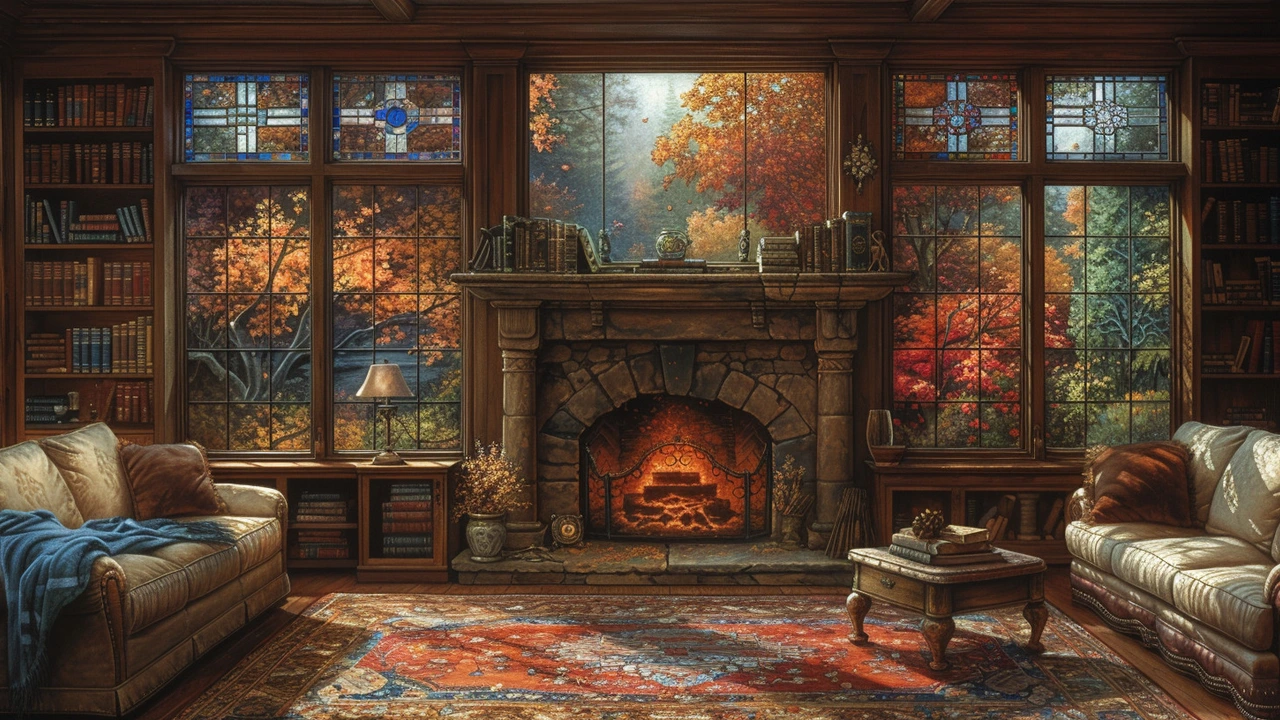Hey there, folks! I've been on a real architectural adventure, diving into the world of American Craftsman Architecture, and boy, it's a whirlwind of inspiration. This style, my friends, is like a bowl of hearty stew - a comforting blend of simplicity, functionality, and natural materials that makes you say "Ah, home!". It's like a bear hug from Mother Nature herself, with its use of wood, stone and a real celebration of craftsmanship. If you're ever in a creative rut, just take a stroll through a Craftsman neighborhood, it's like a Disneyland for design enthusiasts!
American Craftsman Architecture: What It Is and Why It Works
The American Craftsman style grew from the Arts and Crafts movement in the early 1900s. It favors hand-made detail, honest materials, and human scale. Craftsman houses look warm, rooted, and built to last. This page helps you spot key features, pick design ideas, and plan realistic updates for a Craftsman home.
How to recognize a Craftsman outside: low-pitched gable roofs, wide eaves with exposed rafters, and a deep front porch supported by tapered columns on stone or brick piers. Look for dormers, multi-pane windows over single panes, and natural siding like wood shingles or clapboard. Colors tend to be earthy—olive, brown, deep red, and cream—chosen to blend with the landscape.
Inside a Craftsman
Interiors focus on built-in furniture, visible joinery, and open but cozy layouts. Expect built-in bookcases, window seats, wide trim boards, and a heavy fireplace as the focal point. Wood is everywhere—oak, cedar, and fir—usually finished warm and matte. Light fixtures often feature geometric patterns and hand-blown glass. The goal is practical beauty: every detail earns its place.
Materials and craftsmanship matter. Original Craftsman homes used local stone and wood and emphasized skilled labor. If you are restoring, match materials where possible and keep visible joints honest. Avoid cheap vinyl or plastic trim that hides the original character. Small details—like beveled glass, custom hardware, and square balusters—add big authenticity.
Practical tips for owners and buyers
Thinking of buying a Craftsman? Check the porch and roof for water damage first. Those exposed rafters and deep eaves age differently than sealed modern roofs. Inspect the foundation and original masonry. Inside, look for original built-ins and wide plank floors; these are worth preserving. If you renovate, keep the scale and proportions. Modern kitchens and bathrooms fit well if you preserve trim, moldings, and the fireplace as anchors.
Want Craftsman style without owning an antique home? Use similar materials and proportions. Add a deep covered porch, tapered porch columns, exposed beams, and built-ins in the living room. Choose matte wood finishes and earth-toned paint. Pick lighting and hardware with simple geometric lines to echo the era.
For city or suburban lots, Craftsman ideas adapt well. Narrow lots can still have a strong front porch and compact built-ins. For energy upgrades, swap windows for high-efficiency models with divided-light grids. Insulate behind original trim to keep the look. Work with a contractor experienced in historic woodwork to avoid losing character.
Cost-wise, restoring a Craftsman can be cheaper than building new if you keep original shell and focus on plumbing and electrical upgrades. New Craftsman-inspired homes are more affordable when you reuse simple rooflines and standard window sizes. Ask for references and pictures from contractors before signing.
Curious where to learn more? Visit local historic societies, look for pattern books from the early 20th century, and study examples in nearby neighborhoods. Craftsman architecture rewards close looking: small joints, honest materials, and careful proportions tell the full story. Ready to spot a Craftsman on your street?

